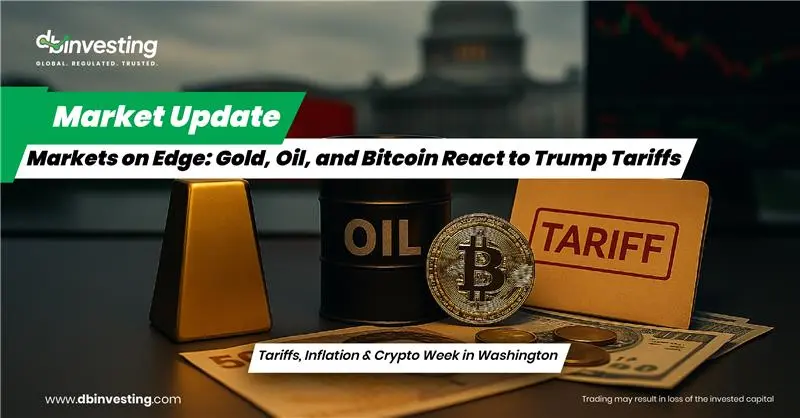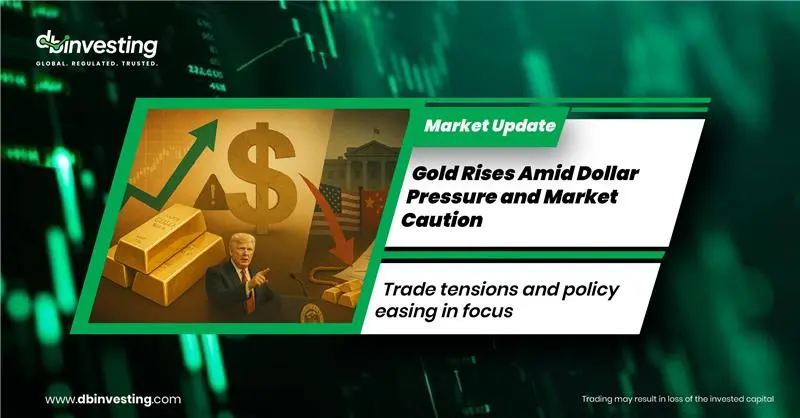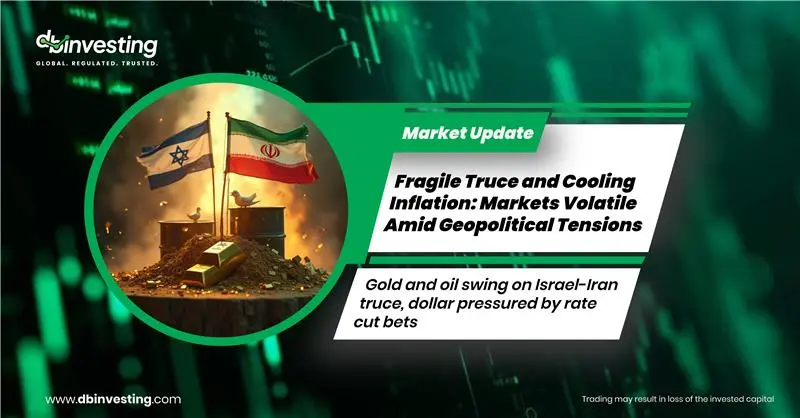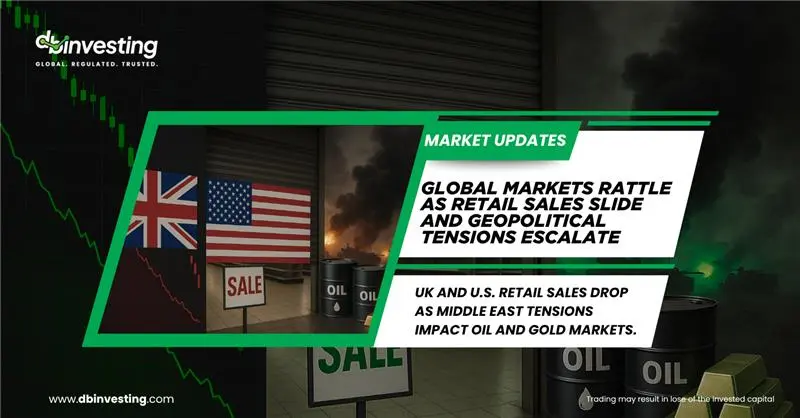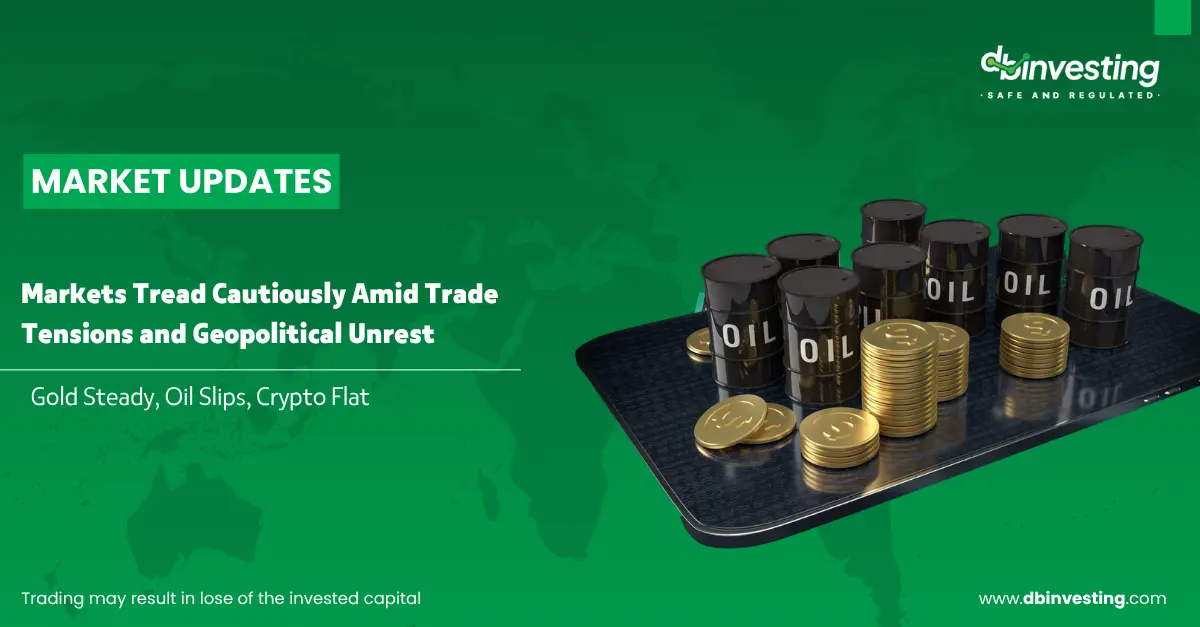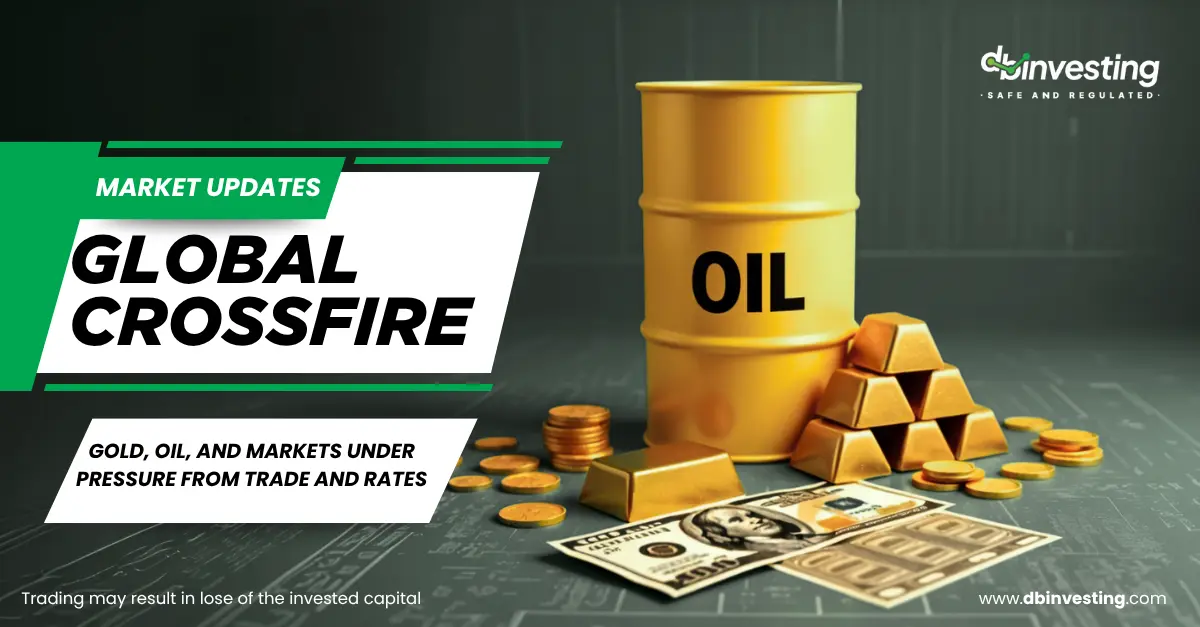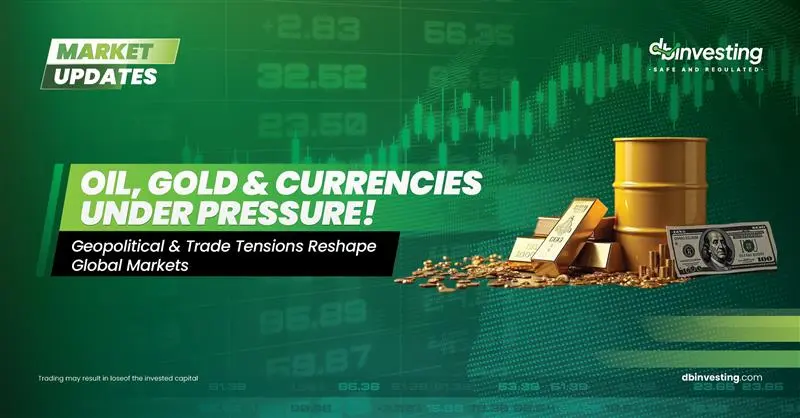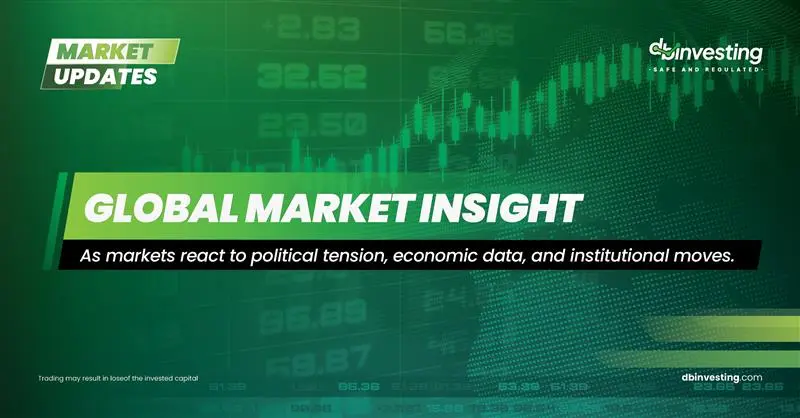Tariffs, Inflation & Crypto Week in Washington
Gold & Safe Haven Demand
Gold extended its gains from last week after former US President Trump announced a 30% tariff on Mexico and the European Union. These latest tariffs, set to take effect from August 1, add to previous levies on major economies like Japan (25%), South Korea (25%), Brazil (50%), and copper imports (50%).
The threat of escalating trade wars spurred safe haven demand, supporting gold prices. Additionally, the ongoing Russia-Ukraine conflict fueled caution, especially after reports that Trump plans to send offensive weapons to Ukraine.
However, gold’s gains were somewhat limited due to its strong year-to-date rally in 2025, while other precious metals hit multi-year highs recently.
Oil & Currency Markets
Oil prices edged higher in Monday’s Asian trading, buoyed by the prospect of additional US sanctions on Russia and continued tariff tensions.
Asian currencies stabilized after last week’s losses, with investors digesting solid GDP data from Singapore and positive trade figures from China.
Market attention now shifts to US inflation data (CPI) for June, due Tuesday, with analysts watching for signs that Trump’s tariffs may have pushed prices higher. Persistent inflation could reinforce the Federal Reserve’s decision to keep interest rates steady, despite Trump’s calls for immediate cuts.
Bitcoin & Crypto Momentum
Bitcoin soared to a new record high of $120,000 in Asian trading, driven by institutional adoption optimism and anticipation of the upcoming Crypto Week in Washington.
Investor sentiment was lifted by expected congressional discussions on key crypto legislations like the Gensler Bill, the Clarity Act, and the Anti-Surveillance CBDC Act.
These regulations could establish comprehensive frameworks for stablecoins, asset custody, and the broader digital financial system.
Institutional demand remains robust, with US spot Bitcoin ETFs witnessing record inflows, and asset giants like BlackRock and Fidelity expanding their crypto holdings.
Additionally, a major Chinese regulator held a strategic session on stablecoins and digital currencies, hinting at a potential policy shift in China despite the current crypto trading ban.
Conclusion
Global markets are navigating a turbulent landscape shaped by tariffs, inflation fears, and crypto regulatory shifts. Investors remain watchful ahead of key data releases and policy developments that could define the next market moves.
